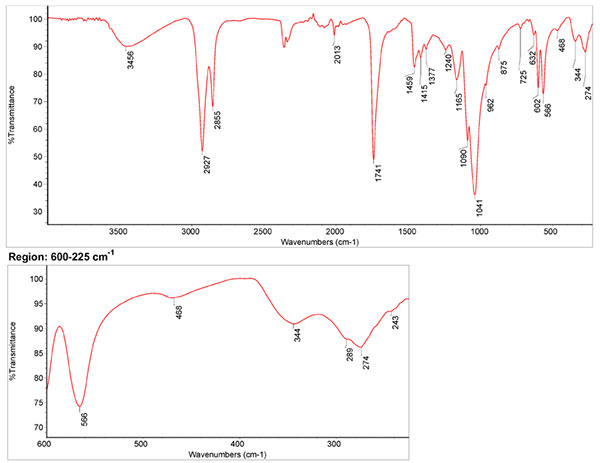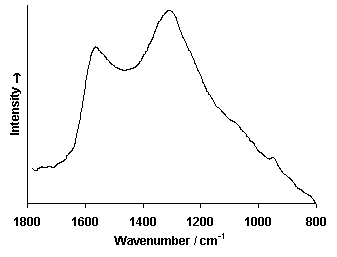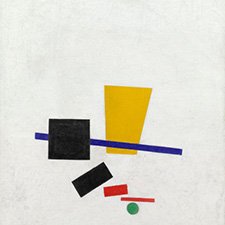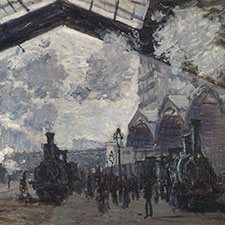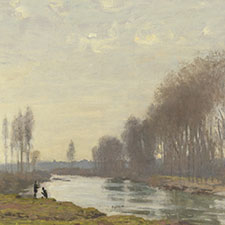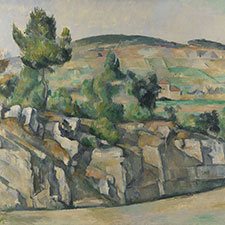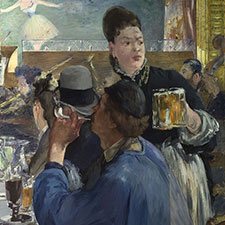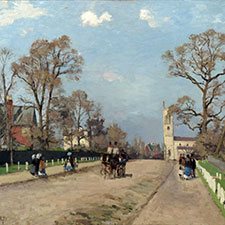Ivory Black
Natural organic pigment known since prehistoric timesComposition and Properties of Ivory Black
Ivory black is finely ground material obtained by carbonizing (charring) ivory and containing around 10 to 20% carbon. The rest of the material consists of organic phosphates containing sizable proportion of carbonate ions.
The term ivory black is sometimes used synonymously with bone black which is a similar pigment made by charring animal bones. The modern ivory black is almost always actually bone black due to the scarcity of ivory.
The pigment is very stable as are all carbon blacks, it is absolutely lightfast and compatible with all other pigments.

Pigment

Painted swatch
Video: 'The Different Blacks' by CITY STATIONERY GROUP SAL
Names
Color Index
PBk 9, CI 77267
Word origin
Anglo-French ivorie, from Old North French ivurie (12c.), from Medieval Latin eborium “ivory,” noun use of neuter of Latin eboreus “of ivory,” from ebur (genitive eboris) “ivory,” probably via Phoenician from an African source
From Online Etymology Dictionary
Elfenbeinschwarz
German
Noir d’ivoire
French
Nero d’avorio
Italian
Negro de marfil
Spanish
Preparation
Genuine ivory black can be prepared by charring scrapes of ivory.
History of Use
Ivory black has been in use since prehistoric times.
Examples of use
Édouard Manet, ‘Music in the Tuileries Gardens’ 1862

Black clothes of the men: principal pigment is ivory black with the incorporation of cobalt blue and orange-brown ochre and in some areas even a little white.

Identification
Fiber optics reflectance spectra (FORS)

Spectra by A. Cosentino, Cultural Heritage Science Open Source (CHSOS)
IR Spectrum
- IR-Spectrum of ivory black at Pigment Database of Inorganic Pigments (University of Tartu, Estonia)
- IR-spectrum of ivory black mixed with linseed oil by S. Vahur, Database of ATR-IR spectra of materials related to paints and coatings, University of Tartu, Estonia
Raman Spectrum
Spectrum by Ian M. Bell, Robin J.H. Clark and Peter J. Gibbs, Raman Spectroscopic Library
University College of London
(1) Eugenia P. Tomasini, Emilia B. Halac, María Reinoso, Emiliano J. Di Liscia and Marta S. Maier, Micro-Raman spectroscopy of carbon-based black pigments, Journal of Raman Spectroscopy, Special Issue: Raman spectroscopy in art and archaeology, Volume 43, Issue 11, pp. 1671–1675, November 2012.
(2) Alessia Coccato, Jan Jehlicka, Luc Moens and Peter Vandenabeele, Raman spectroscopy for the investigation of carbon-based black pigments, Journal of Raman Spectroscopy, Special Issue: 11th International GeoRaman Conference, Volume 46, Issue 10, pages 1003–1015, October 2015. DOI: 10.1002/jrs.4715. Available as pdf.
X-Ray Fluorescence Spektrum (XRF)
XRF Spectrum in the Free XRF Spectroscopy Database of Pigments Checker, CHSOS website.
References
(1) Fortunato, D. F. and G. (n.d.). Tracing White: A Study of Lead White Pigments found in Seventeenth-Century Paintings using High Precision Lead Isotope Abundance Ratios.
(2) V. Gonzalez, T. Calligaro, G. Walleza, M. Eveno, K. Toussaint, M. Menu, Composition and microstructure of the lead white pigment in Masters paintings using HR Synchrotron XRD, Microchemical Journal, Volume 125, March 2016, Pages 43-49
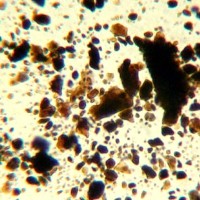
Microphotograph
image © Volker Emrath
Further Reading
References
(1) Winter, J. and West FitzHugh, E., Pigments based on Carbon, in Berrie, B.H. Editor, Artists’ Pigments, A Handbook of Their History and Characteristics, Volume 4, pp. 1-37.
(2) J. Winter, “The Characterization of Pigments Based on Carbon” Studies in Conservation, 28:49-66, 1983.
(3) S. Muntwyler, J. Lipscher, HP. Schneider, Das Farbenbuch, 2nd. Ed., 2023, alataverlag Elsau, pp. 158-159.

